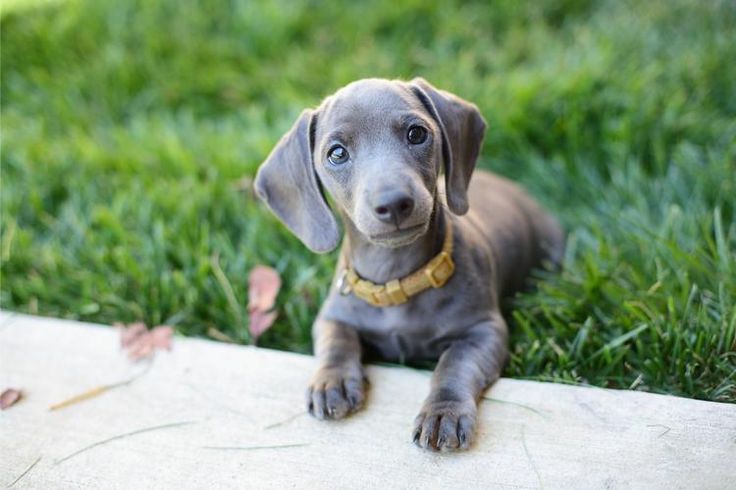They Look Cute, But Here’s the Trouble With Doodle Dogs
When Jo Rice brought home her cavapoo Willow during lockdown, it was a decision driven by impulse and aesthetic appeal rather than research or long-term planning.
Like many others swept up in the pandemic pet-buying frenzy, Rice was drawn to the teddy bear charm of “doodle” dogs—fluffy, round-faced crosses of poodles with various other breeds.
Willow was a comfort purchase, and thankfully, a successful one. But the same cannot be said for every doodle dog.
The Rise of Designer Crossbreeds
In the past decade, doodle dogs—cockapoos, cavapoos, labradoodles, and their ilk—have surged in popularity.
According to recent data from VetCompass, the cockapoo is now the UK’s second most popular dog. These dogs promise it all: cuteness, intelligence, supposedly better health, and the allure of being “hypoallergenic.”
Their teddy-bear looks make them Instagram-ready and irresistibly photogenic. It’s no surprise that their names often reflect their appearance—Teddy, Bear, or Muffin.
But the enthusiasm has masked deeper concerns.
The Myth of Healthier Hybrids
A common belief among first-time dog buyers is that mixed breeds inherit the best traits from each parent. Unfortunately, the science doesn’t quite back that up.
A major study from the Royal Veterinary College found that designer doodles are no healthier than their purebred parents.
In some cases, they are more prone to specific health issues—cockapoos, for instance, are far more likely to ingest foreign objects than poodles, while cavapoos may suffer frequent vomiting, and labradoodles may face skin allergies and alopecia.
The idea of hybrid vigor—the notion that crossbreeds are genetically superior—is only reliable when the parent dogs are both healthy and well-bred.
And with the skyrocketing demand for doodles, many are now the product of irresponsible breeding and puppy farms, where health screening and early socialization are often overlooked.
Unpredictability and Misunderstanding
Unlike established breeds, crossbreeds lack consistent traits. A purebred labrador has a predictable size, coat, and temperament.
A labradoodle, especially beyond the first generation, is a genetic roll of the dice. You could end up with a dog that’s more poodle than lab, or neither, behaviorally speaking.
Combine that with owners who expect a low-maintenance teddy bear and you’ve got the recipe for behavioral issues.
Dog trainer Sandra Mayoh sees this firsthand. “Cockapoos in adolescence can be quite reactive,” she says, noting that males can get snappy while females can be difficult without constant training and proper socialization.
While labradoodles can be more trainable, even they are not the hypoallergenic miracle dogs people imagine—and they shed more than expected. Cavapoos?
Adorable, but Cavalier King Charles spaniels (their mothers, often) have a tragic history of heart disease.
The Social Media Machine
So how did doodles become so dominant? According to Dr. Dan O’Neill of the Royal Veterinary College, the explosion in popularity is largely driven by social perception—what people see online.
As soon as social media crowned doodles the cutest dog of the decade, everyone wanted one. But trends in dog breeding come at a cost.
Traditional breeds like Jack Russells, Westies, and even Staffordshire Bull Terriers have all seen declines in ownership since 2019. And the once-unshakable labrador has slipped from its perch, albeit slightly.
Wally Conron, who bred the first labradoodle in the 1980s, has since called the craze his “life’s regret,” lamenting that many labradoodles are “crazy or have a hereditary problem.”
A Call for Caution
What’s the takeaway here? It’s not that doodles are bad dogs. Many are beloved companions—loyal, playful, and a source of daily joy.
But the mass appeal and commercial overbreeding have resulted in a wave of unpredictable dogs with misunderstood needs.
If you’re considering a doodle, do your homework. Meet the puppy’s mother, ask about the stud dog, check for health certificates, and ask to speak with other owners.
Be wary of flashy websites or vague breeder promises. A dog is not a fashion accessory—it’s a commitment.
As Dr. O’Neill wisely says, “A dog is a sentient being that should be able to run around, breathe properly, eat, curl up to sleep, and bend around to lick its backside.”
And yet, in our quest for the perfect Instagram dog, we’ve begun breeding animals that sometimes can’t even sleep comfortably.
Maybe it’s time to move away from the designer dog trend. Not every dog needs to look like a plush toy. If it behaves like a dog, loves like a dog, and doesn’t ruin your life? That should be enough.









